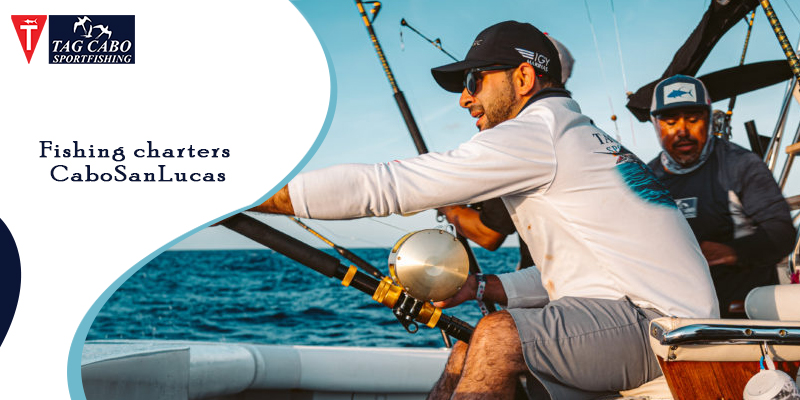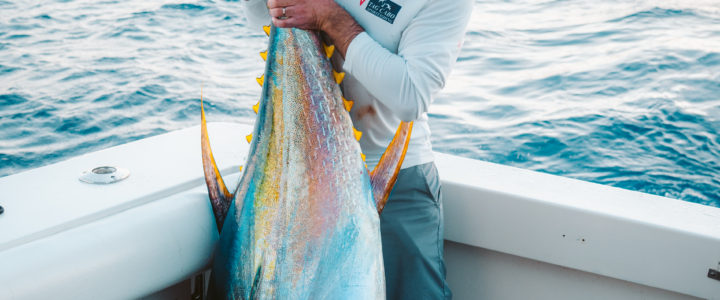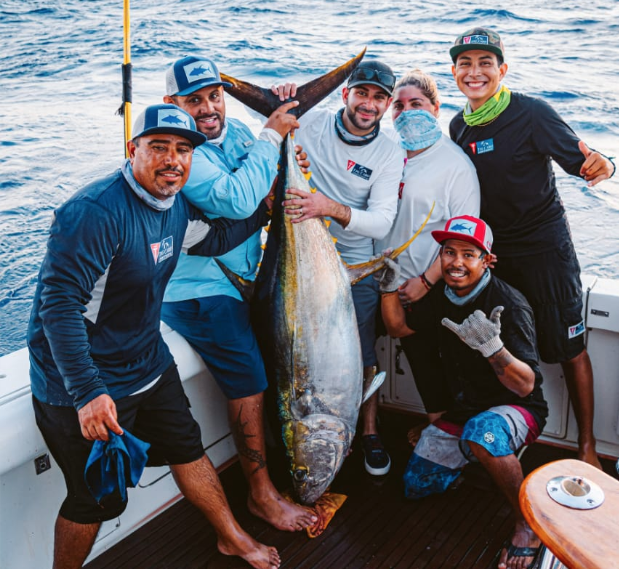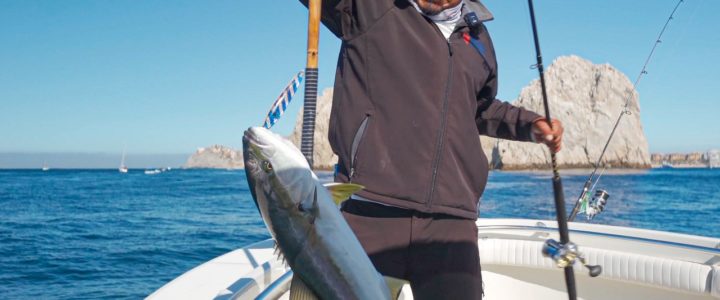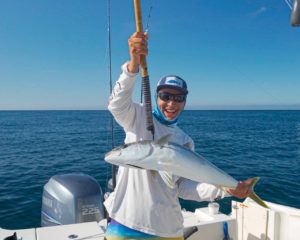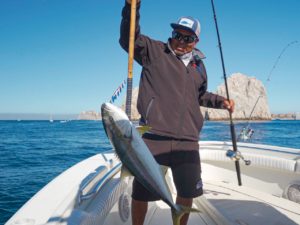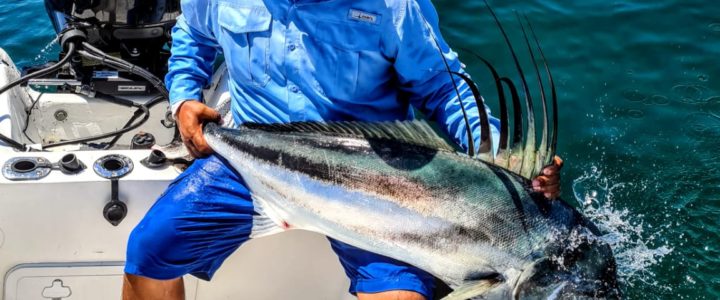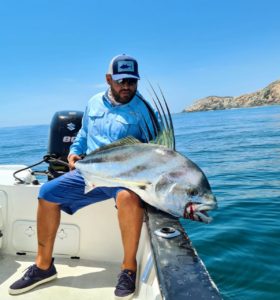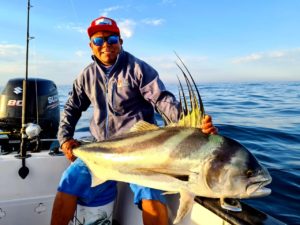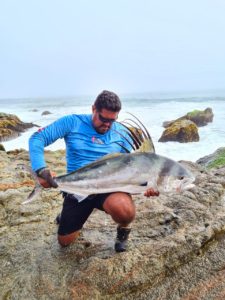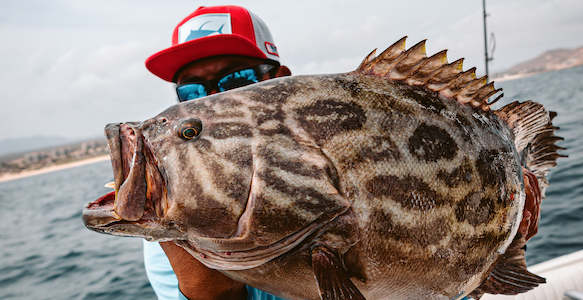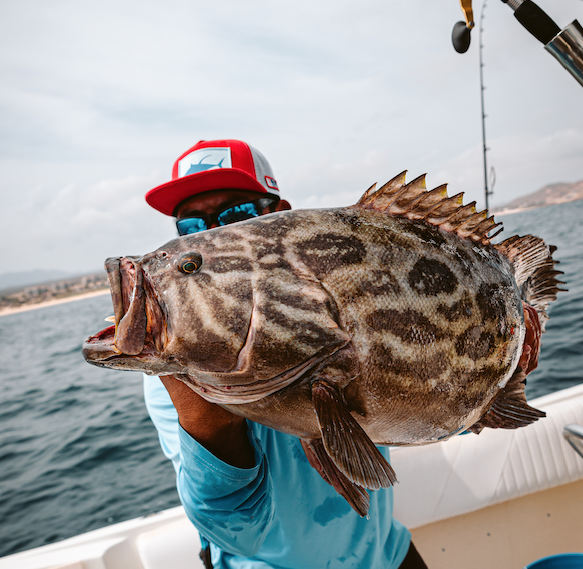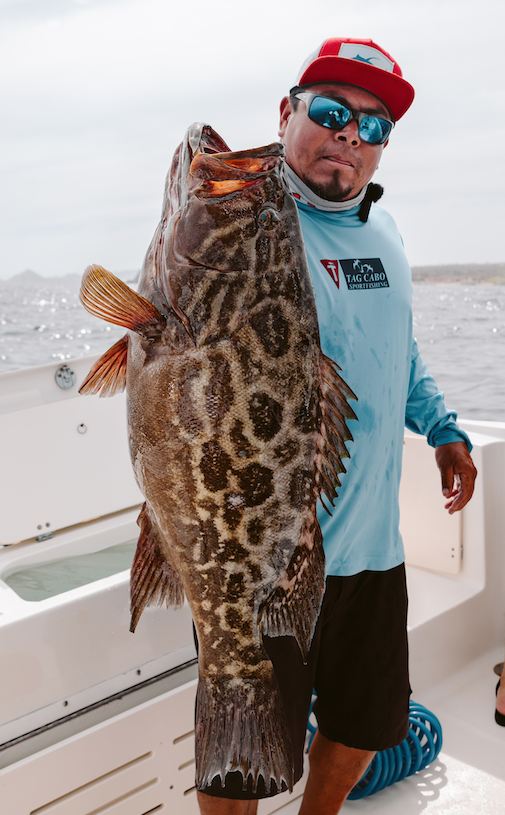Recreational activities are a vital part of human life. Individuals going fishing constitute the single largest band of free time seekers. Moreover, fishing also has an added benefit over all other recreational activities as it uses the vital elements of nature for leisure & food. Furthermore, fishing with Cabo San Lucas fishing charters is now becoming a widespread activity in many areas.
What Is a Fishing Charter?
It is an expedition service provided by boat owners, professional anglers, & companies, allowing tourists on a water body for a particular period to fish. Fishing charters are frequently rented or might even be customized depending on the requirements of an individual or group.
The fishing charter is one of the best ways to experience fishing, even if an individual doesn’t have any fishing gear or any means of fishing. Moreover, the fishing charter service providers, like fishing charters Cabo San Lucas, help individuals make the most of their time in the course of the service. A few fishing charter service providers also help you seize the fishing moments with photographing or video services.
What are Types of Fishing Charter?
Now let’s take a look at the types of fishing charter you can choose from:
1. Bay Fishing
Generally, bay fishing utilizes light tackle & live bait to catch species like Redfish, Speckled Trout, Redfish, Drum, Black Snapper, Flounder, etc. The boats are usually smaller & can accommodate about four to six individuals depending on the boat.
Well, bay fishing with Cabo San Lucas fishing charters can be an excellent option for small groups or single families looking to catch fish. Sometimes, it is also called inshore fishing, even though inshore fishing might also mean fishing in the bay while staying inside a few miles of the beach.
2. Trolling
It is a fishing method where one or many fishing lines, baited with baitfish or lures, are drawn thru the water. You can troll inshore or miles offshore. However, the type of fish you might catch when trolling will rely greatly on how close you stick to land. On the other hand, boat sizes will differ based on whether you choose an offshore or inshore trip.
- Inshore trolling: Three to four lines out use live bait or lures. The boat is in steady motion as it travels up & down inshore. You might charter larger or smaller boats for inshore trolling & costs will vary accordingly. Inshore trolling tours with fishing charters Cabo San Lucas typically target Spanish Mackerel, Bonito, Barracuda, King Mackerel, Jack Crevalle, etc.
- Offshore trolling: It needs a longer trip to leave to the deeper waters & uses lures & live bait to target Sailfish, Mahi Mahi, Marlin, Back Fin Tuna, Wahoo, & King Mackerel. Generally, the boats are larger & might accommodate more individuals, depending on the boat size.
3. Bottom Fishing
It is done in the deep sea using cut or live bait, fishing reefs & wrecks. You might bottom fish year-round & catch a variety of fishes, like Groupers, Snappers, Amberjack, Lesser Amberjack, & Triggers. With Cabo San Lucas fishing charters, you will have the nearest deep-water access & you might actually bottom fish the reefs & structures along the inshore, so smaller boats might be used & long tours aren’t necessary.
Well, bottom fishing is possibly the most common type of charter fishing, & you might fish from several different sorts of boats, from a head boat to a smaller boat to a big private charter boat.
4. Specialty Charters
- Split trips
It is also known as group charters & it allows groups of four or less to split a private charter with a second group. Well, this reduces the price of a private charter whereas still providing the customization & attention that are often missed on party boats, & you might make a few new friends during the process.
Split trips with fishing charters Cabo San Lucas do need a specific amount of flexibility as we’ll have to find a second group that wishes to fish on that day & at the same time as you, yet if you’re flexible, we might often manage.
- Shark Trips
Shark trips, of course, catches shark in particular. You will fish within three to five miles of the shore, using anchor & chum & large baits, to catch Bull, Mako, Blacktip, Dusky, Tiger, Sandbar, & Spinner sharks.
Shark trips can be done during the daytime but are usually done in the evening or at night. Shark fishing with fishing charters Cabo San Lucas might make for a thrilling time on the water for those thrill-seeker addicts. However, you have a wide variety of boats to select from with shark fishing, & prices vary accordingly.
- Overnight Trips
It involves chartering a bigger boat for several days to get 75 to 150 miles offshore where the actual big fish inhabit. Overnight trips can get the crews really excited. However, this sort of fishing charter is costly but normally yields the largest & most fish. You can target larger deep-sea fish like Yellow Fin Tuna, Marlin, & Swordfish. Well, it is perfect for groups seeking that once-in-a-lifetime trip experience!
Opt for Cabo San Lucas fishing charters if you want to go on an overnight charter fishing trip.
Conclusion:
Well, fishing charters are designed to make your fishing trip more relaxing & enjoyable. Moreover, fishing charters are an amazing experience for passionate anglers & new anglers alike. Therefore, we hope this above has filled you up with all the information regarding types of fishing charter & we also hope you will face no problems while selecting them now.
Are you wondering who can provide you the best fishing experience in Cabo? If you’re looking for an amazing fishing experience in Cabo, San Lucas, let Tag Cabo Sportfishing provide a good time. Here we offer a variety of options, from sports fishing to marine life exploring. For more information, call +52 624.168.9544.

